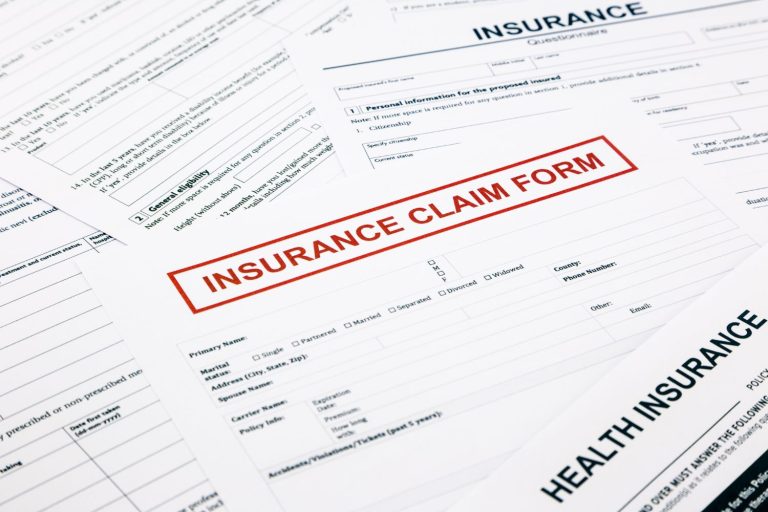Improving Clinical Efficiency with Patient Intake Technology
It isn’t every day that the Journal of the American Medical Association takes note of drawings of 7-year-olds. But when it did, the drawing sparked a conversation on the ‘Cost of Technology in Healthcare’.
The drawing was unmistakable. It showed the artist—a 7-year-old girl—on the examining table. Her older sister was seated nearby in a chair, as was her mother, cradling her baby sister. The doctor sat staring at the computer, his back to the patient—and everyone else. All were smiling. The picture was carefully drawn, and you couldn’t miss the message. When he saw the drawing, the physician wrote a caption for it. “… I wonder how much this technology (EHR) will really cost?”
The Cost of Technology
EHR technology may have helped medical practitioners reduce their dependency on paper. But this transition has done less good to clinical care and created a technological barrier between doctor and patient. Documentation requirements are still very much daunting. Many practices tackle this challenge by hiring medical scribes. Yet, one of our recent surveys showed that still 50% of physicians spend more than 15 minutes on EHR per patient. This is way more time than what the physician spends on patient care. Couldn’t technology be put to better use?
How to Use Patient-Reported Data?
When we analyzed the workflows of our customers, we found a common theme. Duplicate documentation is still very real. And this revolves around patient-reported data captured during the intake process.
First, the patients fill various forms with their medical information. These are then entered into the EHR by the clinicians, resulting in duplicate efforts.
Surely, technology has a role to play in treating patient-reported data right. Integrated check-in systems have the power to digitally capture patient updates and send it to the EHR. The physician gets quick access to patient data even before the patient enters the exam room. Clinical staff need not spend time entering these information into the medical record. But, it is not as straightforward as it sounds. There are two considerations that could impact the effectiveness of this integration.
Importance of Discrete Data Updates
Most integrated systems transfer patient inputs to the EHR as pdfs or images. In both these cases, it is time consuming for clinical staff to access and compare it with existing data. Clinical staff should be able to access patient-reported data with limited clicks. For this, EHR fields should be populated with data in discrete form.
Clinical Reconciliation is Key
According to an NCBI report, 40 percent of medication errors are from poor medical reconciliation.
Clinicians should have an easy mechanism to review patient data before it is updated in the EHR. They should be able to approve or reject them in a few clicks. Some EHRs allow this with an in-built reconciliation screen. Clinical staff can use this screen to review consolidated changes made by patients. If your EHR does not offer a reconciliation screen, it is vital that your check-in partner does.
It’s a Simple Math
Making patient reported data readily available for the clinical staff is a great time saver for physicians. According to Anthony Molchany, CEO of Mercer Bucks Orthopedics, it is a simple math. “Clinical staff actually spend less time going through patient information. You can calculate that in minutes of saving per patient.”
The dictation work for physicians at Mercer Bucks Orthopedics has come down by 50 % . Physicians no longer have to focus on updating clinical history or allergies. Instead they prioritize assessments and plan of care. Clinical Assistants save around 3 minutes per patient.
Conclusion
The way you treat patient-reported data matter. If done correctly, it has the power to improve the efficiency of your clinical staff. It allows them to focus on patient care rather than documentation. It also plays a vital role in fighting that monster called physician burnout.
Does EHR documentation come in the way of you and your patients? Find out how we do it..







